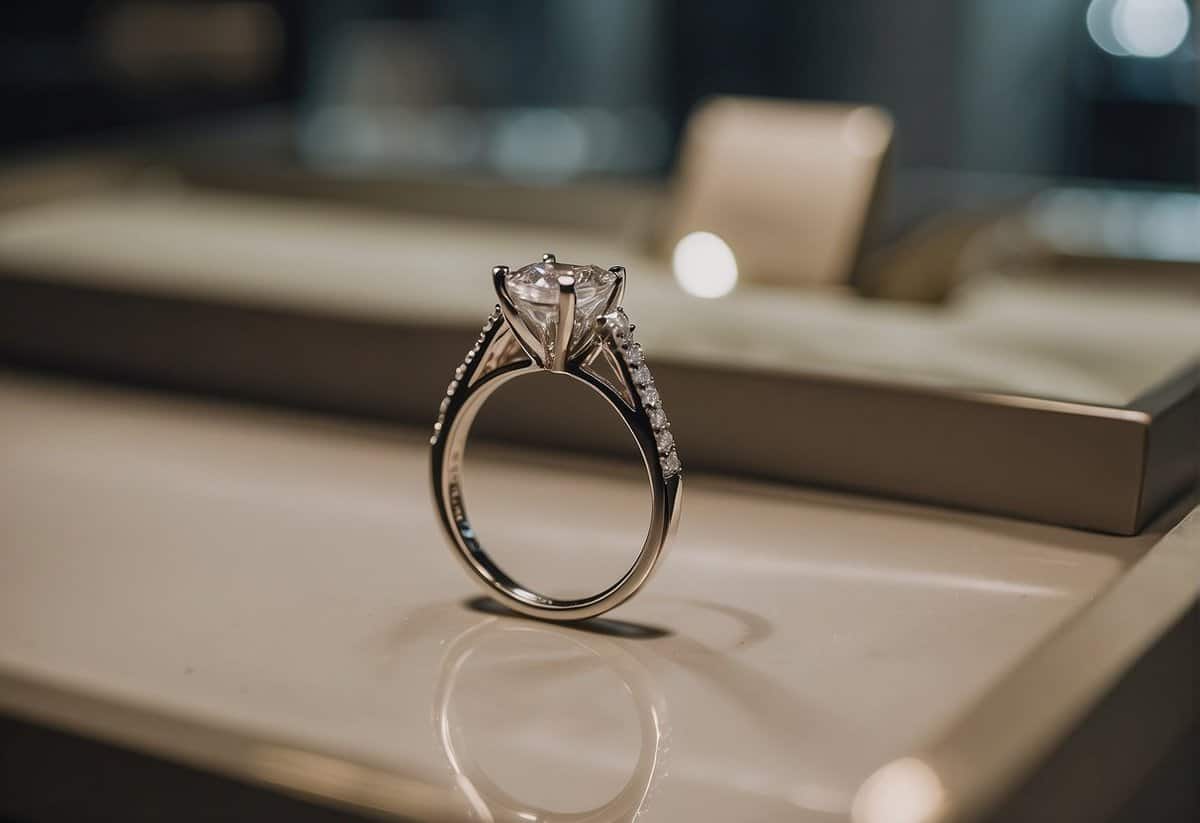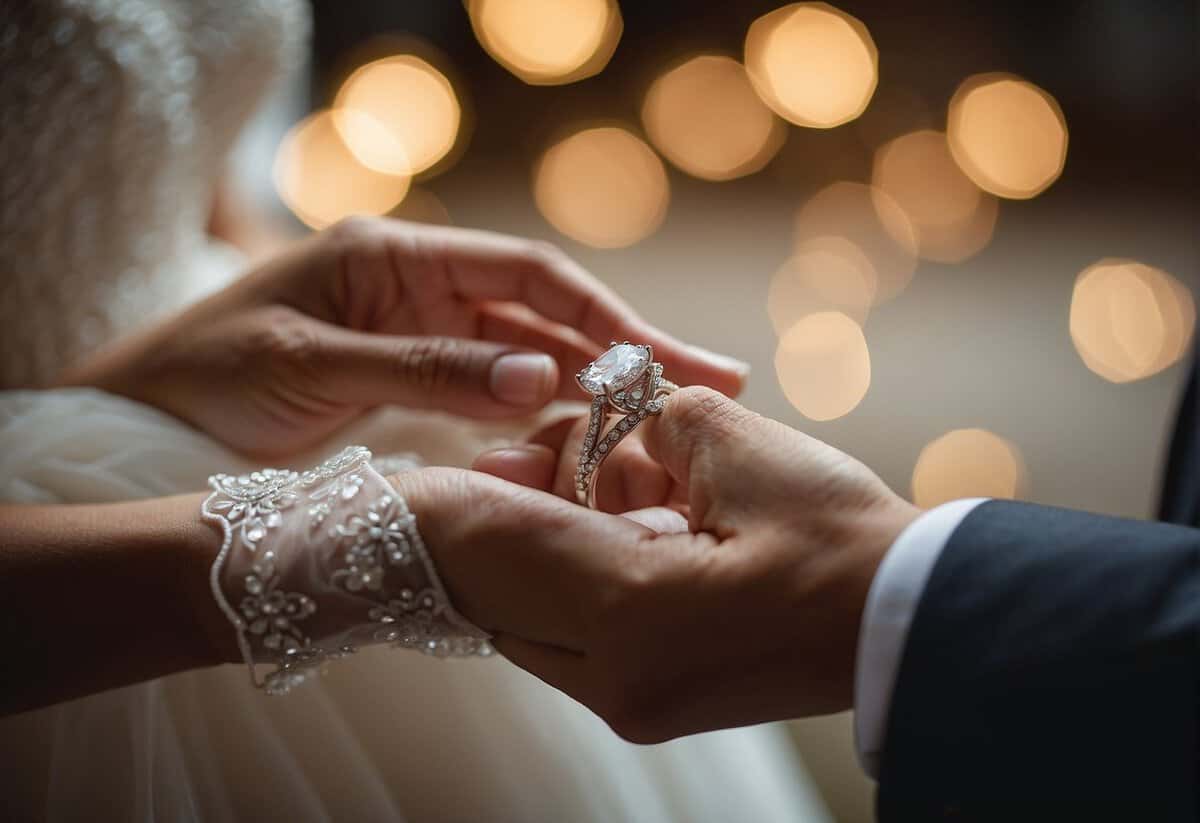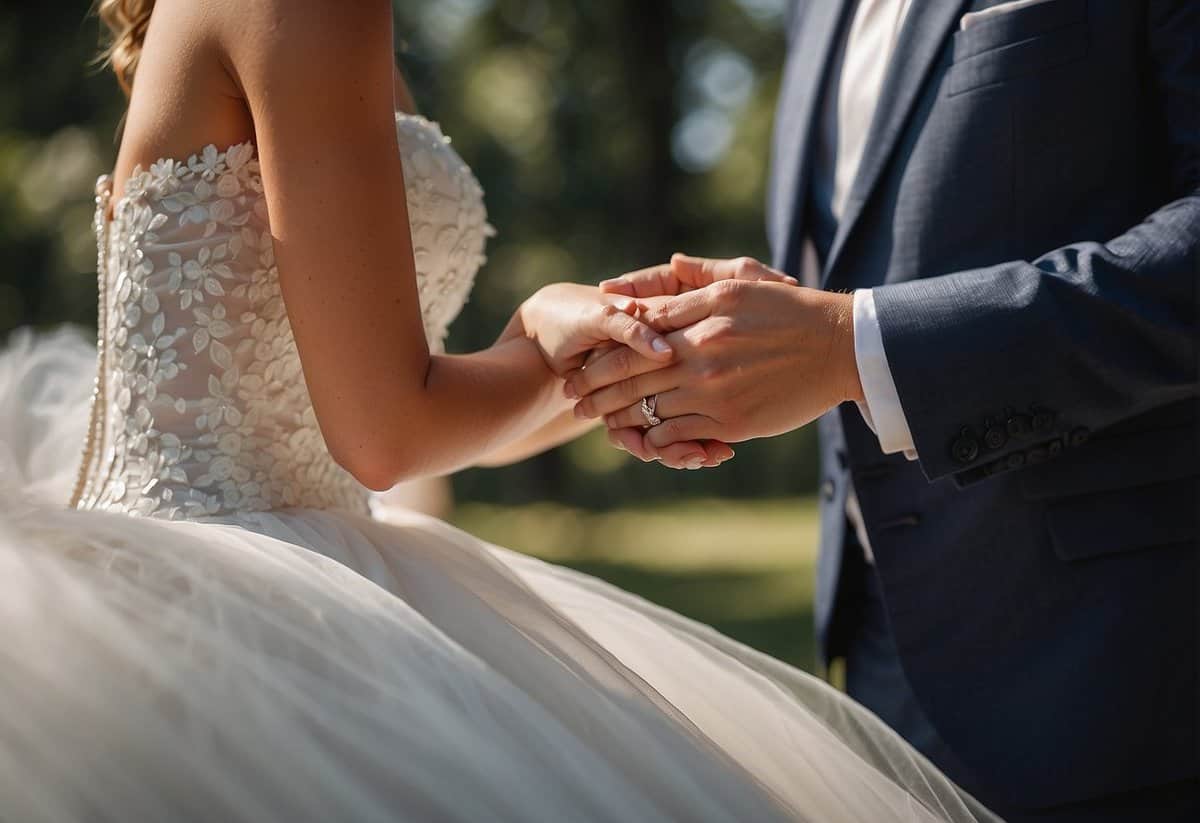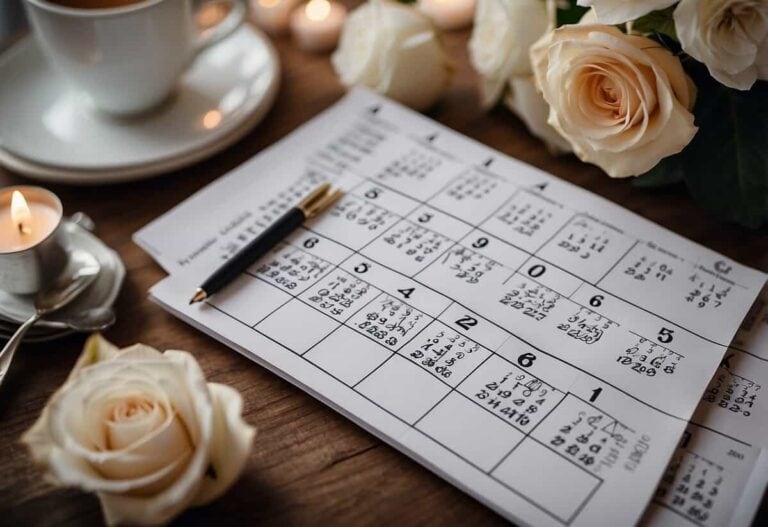Does the Bride Buy the Groom a Ring? Understanding Wedding Traditions
When it comes to weddings, one question that often arises is whether the bride is responsible for buying the groom’s wedding ring. This practice is rooted in tradition where the exchange of rings is a symbol of commitment and love between the couple. Historically, it was common for the bride (and perhaps her family) to purchase the groom’s wedding band as a gesture of her intent to marry. However, the decision of who buys the groom’s ring varies and can depend on multiple factors including personal preferences, cultural traditions, and practical considerations.

In modern times, wedding traditions are evolving and couples are opting for practices that suit their unique relationships and financial situations. Some couples may decide that they wish to buy their own rings or select them together, while others may follow the more traditional route with the bride buying the groom’s ring. It’s essential to communicate with your partner to determine what works best for both of you, respecting both individual tastes and any cultural or familial expectations that may be meaningful to your union.
Key Takeaways
- The bride buying the groom’s ring is a tradition symbolizing commitment and love.
- Wedding ring practices vary, reflecting personal, cultural, and financial factors.
- Open communication with your partner is key when deciding on ring purchases.
Cultural Significance and Traditions

When you’re delving into the world of wedding traditions, you’ll find that the act of exchanging rings is rich with history and meaning. This tradition has evolved to symbolize unity, love, and commitment in a relationship.
Historical Perspectives
Historically, the exchange of wedding rings dates back to ancient Egypt, where rings were circles that represented eternity. The hole in the center of the ring held significance too—it was seen as a gateway to the unknown. Traditionally, it was common for the bride to buy the groom’s ring which signifies her role in the ceremony and their unity.
Modern Interpretation of Traditions
Today, while some couples adhere to the traditional belief that the bride purchases the groom’s wedding band, others choose a more egalitarian approach. You might see the couple shopping together for their bands or even sharing the cost, reflecting a partnership that acknowledges equal responsibility in their relationship.
Symbolism of Rings
The wedding bands you select are more than ornamental jewelry; they’re teeming with symbolism. A ring, with no beginning or end, is a fitting emblem of the eternal love you share. It’s a physical representation of the commitment you’re making and has been an important element in wedding ceremonies across various cultures, symbolizing the exchange of rings as a pivotal moment in cementing your unity.
By understanding these traditions and their deeper meanings, you’re better able to appreciate the significance of this time-honored custom as you prepare for your own ceremony.
Practical Considerations

When it comes to the tradition of buying the groom’s wedding ring, you’ll want to pay close attention to financial aspects, how to go about selecting the ring, and ensuring the proper fit through size and adjustments.
Financial Aspects
Navigating the expenses of a wedding can be daunting, so it’s vital to incorporate the groom’s ring into your wedding budget early on. Consider the cost associated with various materials. Metals like platinum are on the higher end of the price spectrum, while tungsten and titanium offer more affordable yet durable alternatives. Budgeting for the ring should reflect both your current financial situation and personal preferences.
- Budgeting Tips:
- Review your overall wedding expenses to determine how much you can allocate for the groom’s ring.
- Compare prices between different jewelers to find the best value.
Ring Selection Process
The purchasing process should be a balance of quality, price, and style. Take your time to explore various jewelers, keeping in mind your groom’s lifestyle and taste. Personal preferences play a significant role here; whether he prefers a simple band or something with more detail and design, the ring should reflect his personality.
- Jeweler Selection Guide:
- Look for reputable jewelers with positive customer reviews.
- Check for those that offer customization services if you’re looking for something unique.
Size and Adjustments
Getting the right size is crucial as resizing some materials like tungsten can be difficult. When purchasing the ring, inquire about the possibility and cost of adjustments, as fingers can change size over time. Many jewelers offer free resizing within a certain period after purchase.
- Sizing Tips:
- Have your groom’s finger sized professionally to avoid any guesswork.
- Ask about the jeweler’s resizing policy in case adjustments are needed later.
Selecting and purchasing the groom’s ring requires thoughtful consideration of financial considerations, purchasing process, and fit. By keeping these practical pointers in mind, you’ll be able to find a ring that suits both your fiancé’s style and your shared budget.
Personal Preferences and Styles

When selecting wedding bands, your personal preferences and individual styles play pivotal roles. The choice between matching or individual rings and the selection of metals and designs are deeply personal decisions that reflect you and your partner’s unique tastes.
Matching vs. Individual Rings
You and your partner might consider whether to have matching rings that symbolize your union or to express your individual styles with distinct bands. Matching rings can be a beautiful representation of your shared aesthetic, while choosing individual styles allows each of you to wear a ring that resonates with your personal style. Remember, the decision doesn’t have to be binary; complementary rings that blend elements from each of your preferences are also a wonderful option.
Metal and Design Choices
Your ring’s metal and design are where you can truly showcase your personality. Precious metals like gold, silver, and platinum remain popular, but there are also contemporary choices such as tungsten and titanium that might appeal to your style. Maybe you’re drawn to the classic elegance of a gold band, or perhaps a modern titanium ring speaks to your soul.
Look into custom designs or personalized engravings if you’re yearning for something uniquely yours. These personalized elements can range from intricate patterns to meaningful inscriptions. Such customization ensures that whether the bride is buying the groom‘s ring or you’re shopping together, the bands will hold a deeper significance for years to come.
Frequently Asked Questions

When it comes to wedding tradition, you may have questions about the etiquette and practices of buying the groom’s ring. Let’s explore the customs and options that exist for this important wedding detail.
Who is traditionally responsible for purchasing the groom’s wedding band?
Traditionally, the bride is expected to purchase the groom’s wedding band, as it is seen as a symbol of her commitment to him.
Is it common for couples to select wedding bands together?
Yes, many couples choose to shop for their wedding bands together, making it an intimate part of their wedding preparations.
What are some popular brands for men’s wedding bands?
Men’s wedding bands come in various styles, and brands like Tiffany & Co., Cartier, and David Yurman are often recognized for their quality and design.
When is the ideal time to purchase the wedding ring for the groom?
The optimal time to purchase the groom’s wedding ring is at least two to three months before the wedding to ensure sizing and customization can be completed.
Should the wife be the one to buy the husband’s wedding ring, or is it a shared expense?
While tradition holds that the wife buys the husband’s ring, it is now more common for the cost to be a shared expense between partners.
During the wedding ceremony, who typically gives the ring to the groom?
During the ceremony, the best man or the ring bearer often has the responsibility of presenting the groom’s ring.



